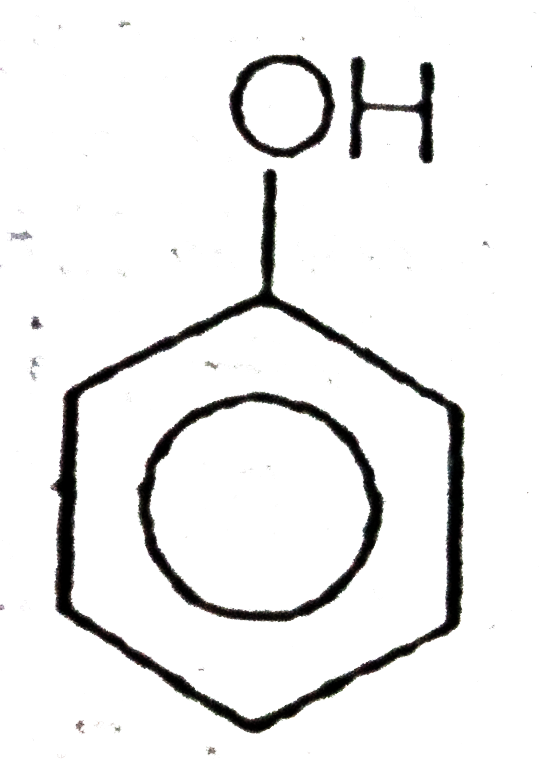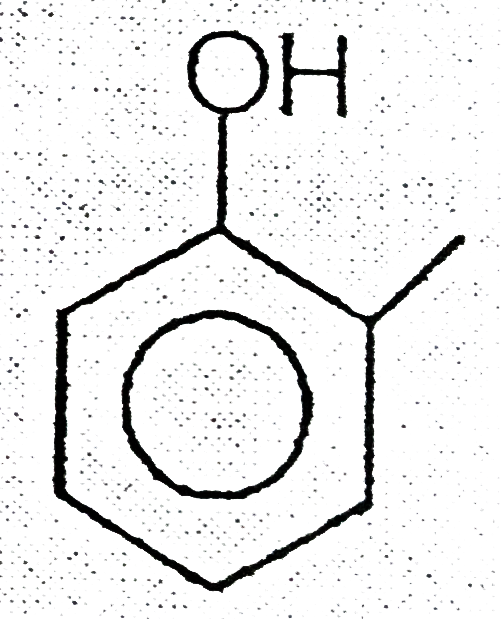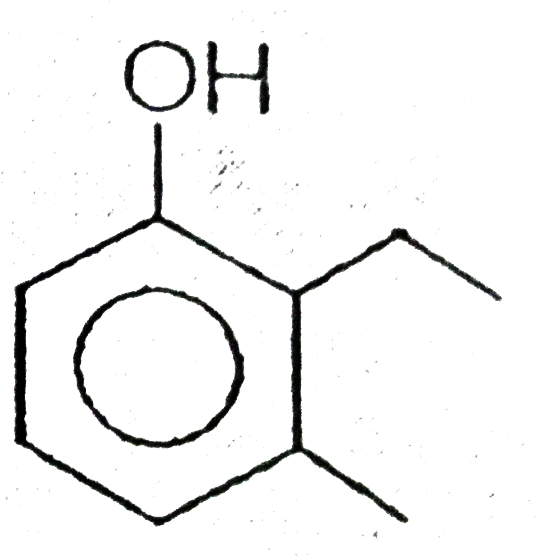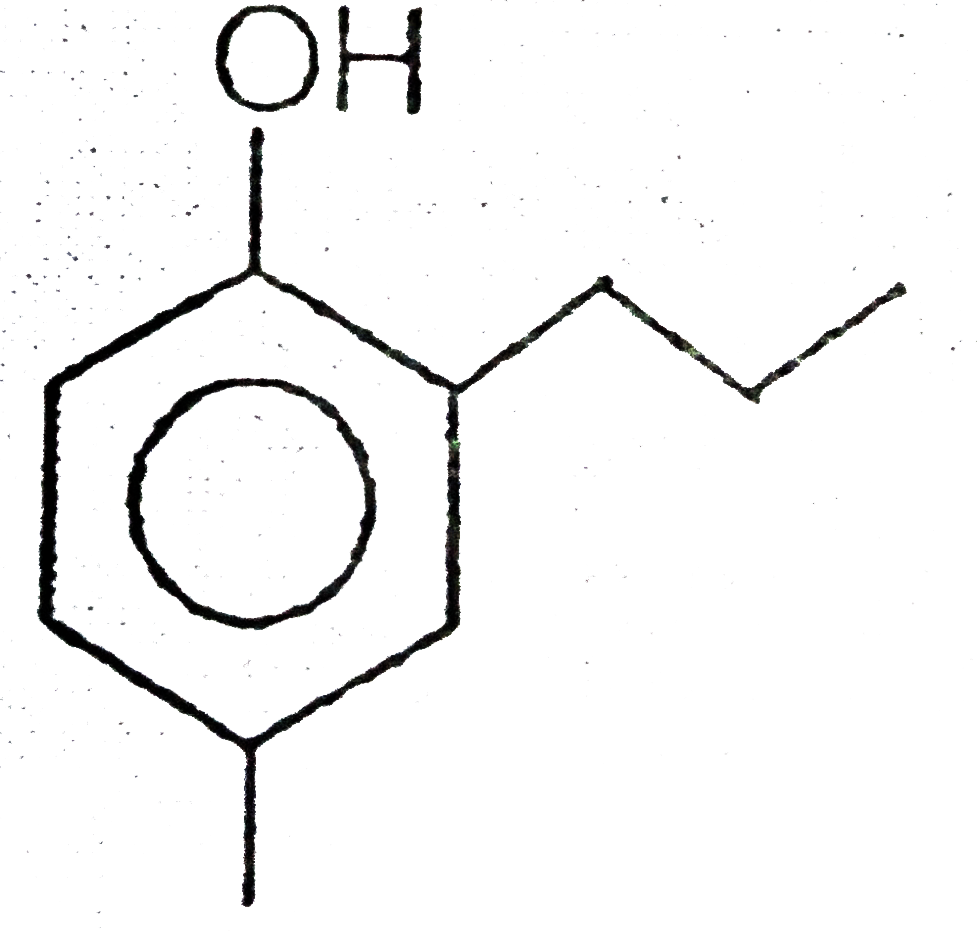Arrange the following aqueous solutions in the order of their increasing boiling points :
(i) 10−4 M NaCl
(ii) 10−4 M Urea
(iii) 10−4 M MgCl2
(iv)
(ii)<(i)<(iii)
(i)<(iii)<(ii)
(i)<(ii)<(iii)
(ii)<(iii)<(i)
The correct Answer is:A
To arrange the given aqueous solutions in the order of their increasing boiling points, we need to consider the concept of colligative properties, specifically the elevation in boiling point. The boiling point elevation can be calculated using the formula:
ΔTb=i⋅Kb⋅m
Where:
- ΔTb = elevation in boiling point
- i = Van't Hoff factor (number of particles the solute dissociates into)
- Kb = boiling point elevation constant (which is constant for a given solvent)
- m = molality of the solution
Since all solutions have the same molality (10−4 M), and Kb is also constant for water, the boiling point elevation will depend solely on the Van't Hoff factor (i).
Let's analyze each solution:
1. 10^(-4) M NaCl:
- NaCl dissociates into 2 ions: Na+ and Cl−.
- Therefore, i=2.
2. 10^(-4) M Urea:
- Urea does not dissociate in solution; it remains as one molecule.
- Therefore, i=1.
3. 10^(-4) M MgCl2:
- MgCl2 dissociates into 3 ions: 1 Mg2+ and 2 Cl−.
- Therefore, i=3.
Now, we can summarize the Van't Hoff factors:
- NaCl: i=2
- Urea: i=1
- MgCl2: i=3
Next, we can determine the order of increasing boiling points based on the Van't Hoff factors:
- The solution with the lowest i will have the lowest boiling point, and the one with the highest i will have the highest boiling point.
Thus, the order of increasing boiling points is:
1. Urea (i = 1)
2. NaCl (i = 2)
3. MgCl2 (i = 3)
Final Answer:
Increasing order of boiling points:
(ii) 10^(-4) M Urea < (i) 10^(-4) M NaCl < (iii) 10^(-4) M MgCl2
- ΔTb = elevation in boiling point
- i = Van't Hoff factor (number of particles the solute dissociates into)
- Kb = boiling point elevation constant (which is constant for a given solvent)
- m = molality of the solution
- NaCl dissociates into 2 ions: Na+ and Cl−.
- Therefore, i=2.
- Urea does not dissociate in solution; it remains as one molecule.
- Therefore, i=1.
- MgCl2 dissociates into 3 ions: 1 Mg2+ and 2 Cl−.
- Therefore, i=3.
- NaCl: i=2
- Urea: i=1
- MgCl2: i=3
- The solution with the lowest i will have the lowest boiling point, and the one with the highest i will have the highest boiling point.
1. Urea (i = 1)
2. NaCl (i = 2)
3. MgCl2 (i = 3)
Increasing order of boiling points:
(ii) 10^(-4) M Urea < (i) 10^(-4) M NaCl < (iii) 10^(-4) M MgCl2
Similar Questions
Knowledge Check
- Question 1 - Select One
Arrange the following aqueous solutions in the order of their increasing boiling points
(i)10−4 M NaCl , (ii)10−4 M Urea , (iii)10−3 M MgCl2 , (iv)10−2 M NaClA(i) lt (ii) lt (iv) lt (iii)B(ii) lt (i) = (iii) lt (iv)C(ii) lt (i) lt (iii) lt (iv)D(iv) lt (iii) lt (i) = (ii) - Question 2 - Select One
Arrange the following aqueous solution in the order of their increasing boiling points
(i) 10−4MNaCl (ii) 10−3MUrea (iii) 10−3MMgCl2 (iv) 10−3MNaClAI<ii<iv<iiiBii<I=iii<ivCI<ii<iii<ivDiv<iii<I=ii - Question 3 - Select One
Following are equimolal aqueous solutions :
Arrange them in increasing (i) boiling pointA1m ureaB1m KClC1mMgCl2D1mNa3PO4
Arrange the following in the order of increasing covalent character: NaCl,MgCl2 and AICI3
View SolutionArrange the following solutions in the decreasing order of specific conductance.
(i) 0.01 M NaCl (ii) 0.05 M NaCl (iii) 0.1 M NaCl (iv) 0.5 M NaClView SolutionArrange the following in order of increasing boiling points :
(i) propanone (ii) propanal (iii ) propan -1 ol (iv ) Propane ( v ) Dimethyl ehterView SolutionArrange the following alkanes in the increasing order of their boiling points:
(i) n−C4H10 (ii) 1−C5H12 (iii) n−C3H8 (iv) n−C6H14View SolutionCalculate the pH of the following aqueous solutions:
(i) 5×10−8M HCl
(ii) 5×10−10 M HCl
(iii) 10−8M NaOH
(iv) 10−10 M NaOHView Solution






